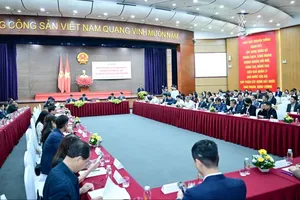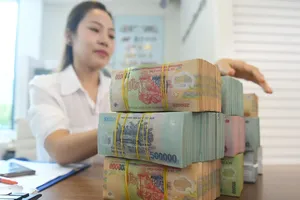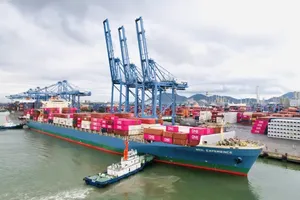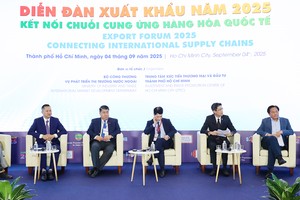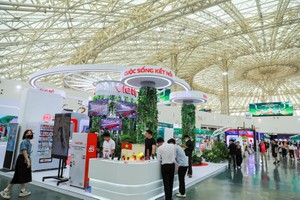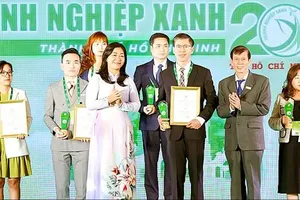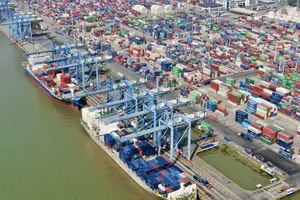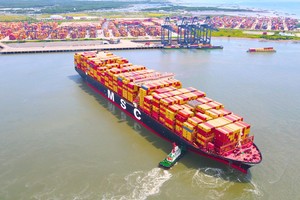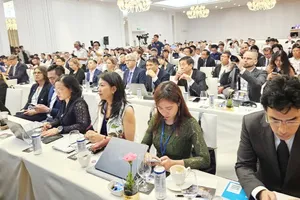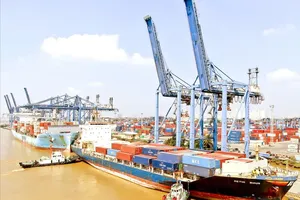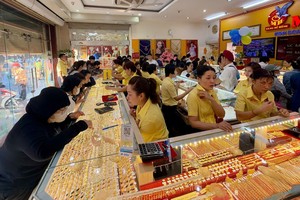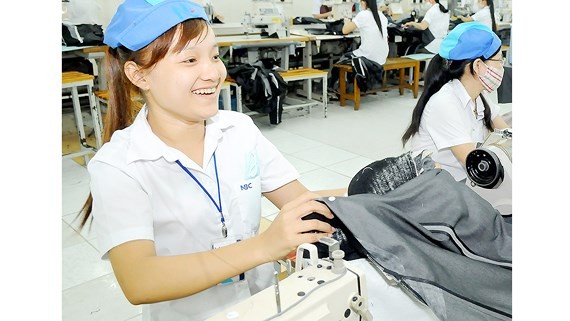
Many textile and garment enterprises in Ho Chi Minh City said that they have received bulk orders, especially from old customers though processing cost maintained unchanged.
At present, besides 100,000 products made in large factory monthly, the firms have to hire outside companies to make a large quantity of products worth $700,000 – 800, 000 to deliver on schedule.
Despite large order, partners always negotiated to reduce price; accordingly, the enterprises are forced to tighten procedure and push up production schedule and save cost to offer competitive prices on bulk orders, said the director of Thanh Dat Garment Company.
Deputy chairman of the Vietnam Textile and Apparel Association (VITAS) Truong Van Cam said that the garment enterprises already have orders for the third quarter and they are negotiating long-term orders for 2019. Though prices tend to go down this year, the enterprises win more orders especially the giant firms which can deliver order in schedule, he added.
President of the HCM City Association of Garment and Textile Pham Xuan Hong said the sector has bright prospect this year thanks to certain bulk order; however, Vietnamese garment industry has encountered fierce competition from China, Myanmar, and Cambodia.
These above-mentioned competitors have enjoyed market share increases and preferential policies of insurance, land and taxation in their country whereas the Vietnamese firms suffer higher cost. Therefore, textile and garment sector have reaped modest profit though its revenue surges.
Aside from that, Vietnam’s textile and garment export market faces difficulties because of fast-fashion trend leading to shorter delivery time from 30-45 days to 15 days; subsequently, it puts high pressure on enterprises.
Le Tien Truong, general director of the Vietnam National Textile and Garment Group, said the most fundamental solutions of the sector is that the sector should make high quality products at reasonable price and deliver in schedule. For the future, the sector should not receive cheap orders any more but orders that require high skills and techniques.
Making wise investment in technologies for the present time to increase labor productivity not only through the skills of workers but also the production system, management and computerization in administration and automation in each stage is the best solution for the matter, Truong added.
Though there have been order shifts to other nations with competitive production cost yet Vietnamese enterprises’ competition is good, the general director affirmed, because textile workers’ skills have been improved much and Vietnamese enterprises have immense prestige to their partners.
Accordingly, importers lay large orders to Vietnamese firms just shifting small orders to Myanmar and Cambodia.
Besides, free trade agreements have helped Vietnam diversify its export markets and address the shortage of materials, he said.
Vietnam’s textile and garment sector exports more than $3 billion of yarn, nearly $1 billion fabric and $400 million garment materials every year though it has to import most of raw materials for production at the first time, Truong said.
Especially, the fourth industrial revolution (Industry 4.0) has changed the mindset of businesspersons who take heed to producing high quality products by selecting high value production segments such as Original Design Manufacturing (ODM) and Own Brand Manufacturing (OBM).
